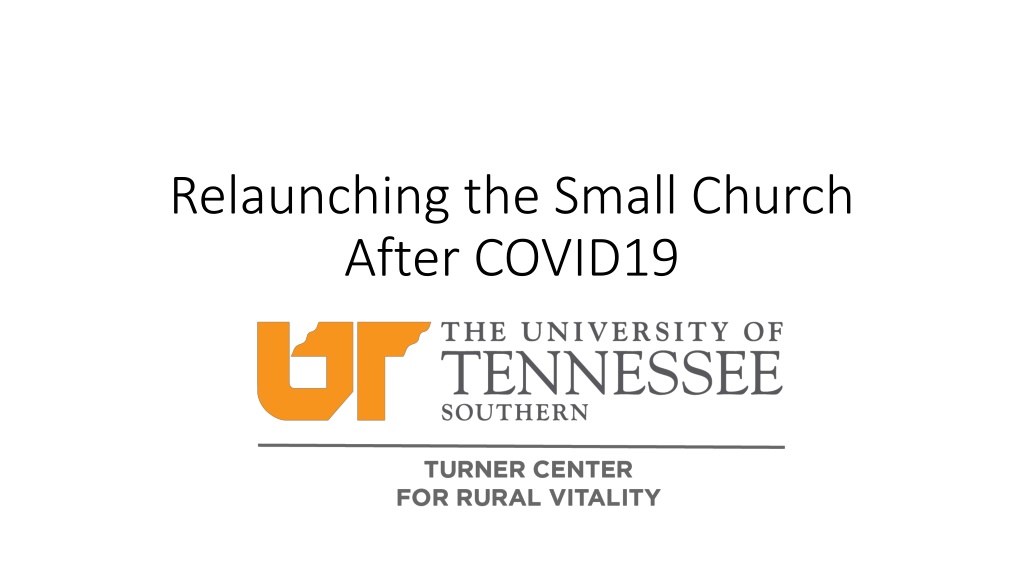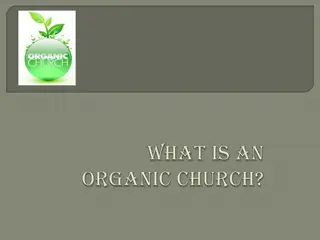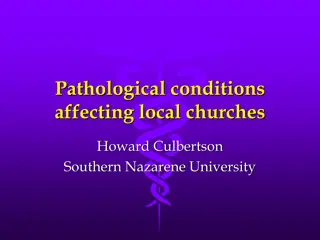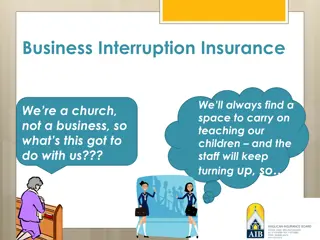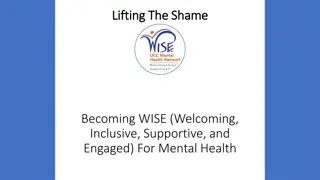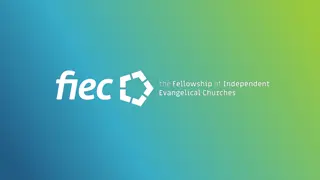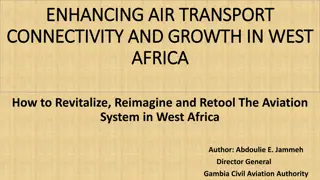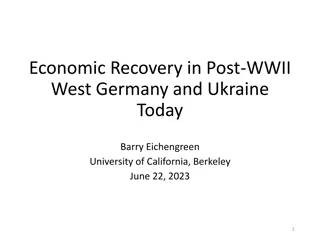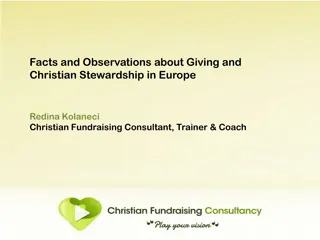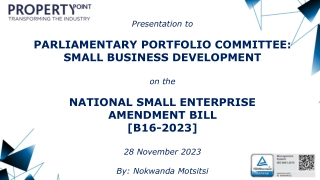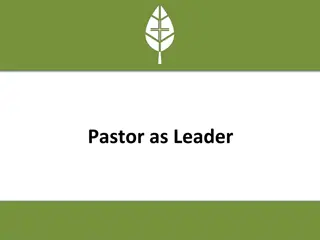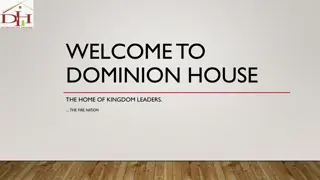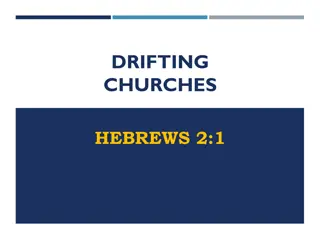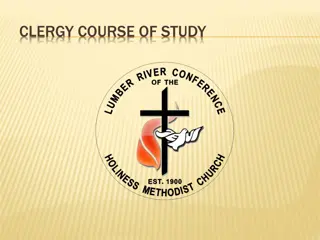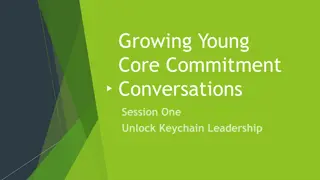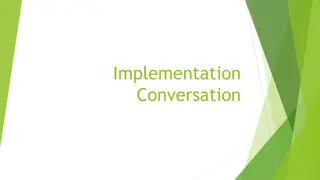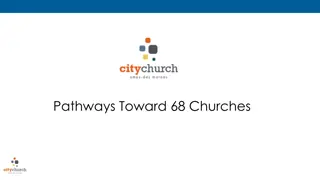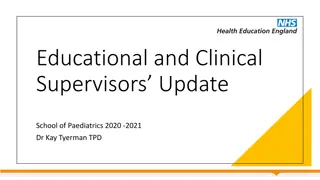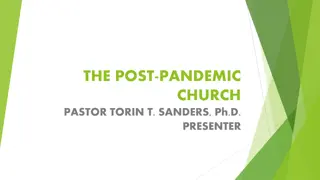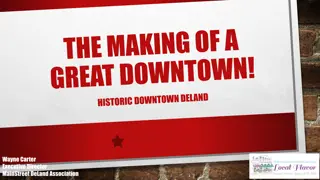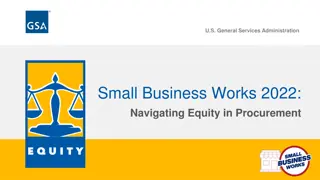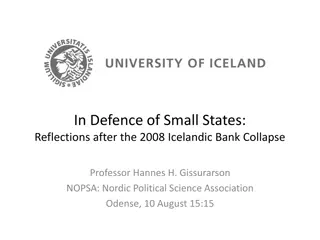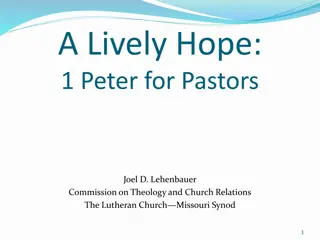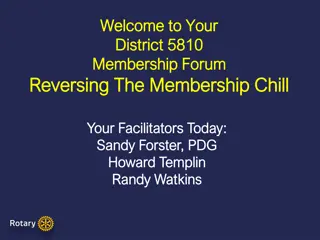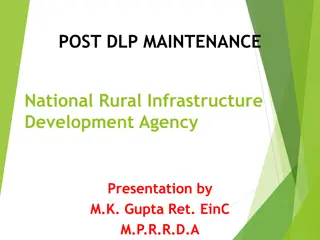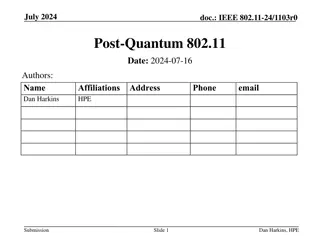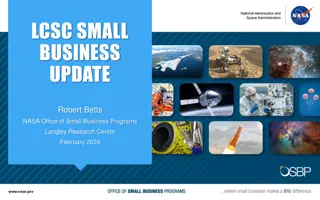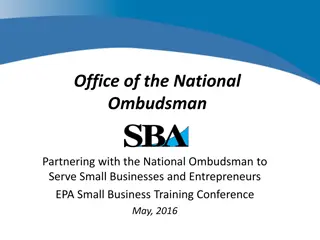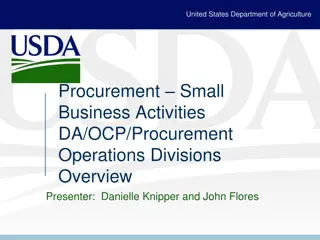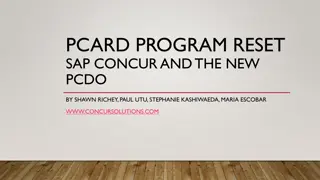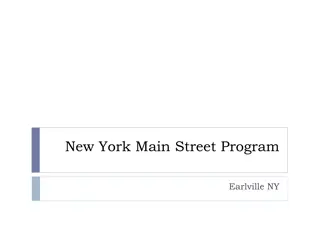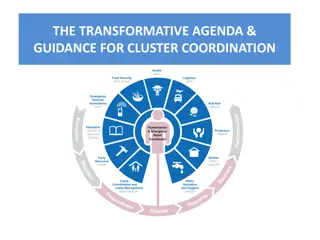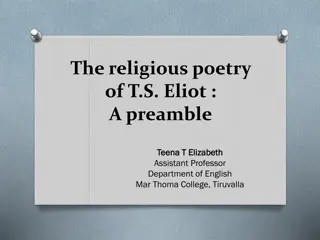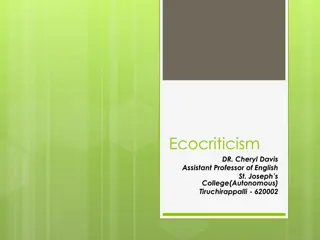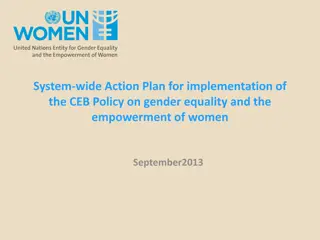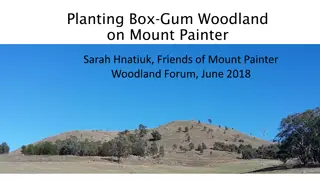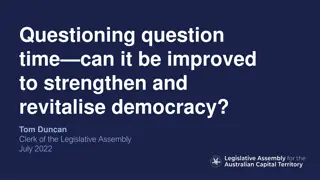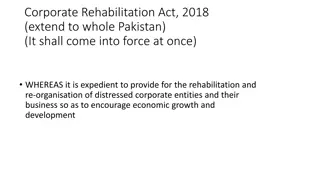Insights on Revitalizing Small Churches Post-COVID19
Discover how COVID-19 exposed weaknesses in organizations, the importance of reevaluating metrics like participation, and the unique strengths and characteristics of rural churches. Explore strategies for thriving rural congregations and the significance of theological identity in worship.
Download Presentation

Please find below an Image/Link to download the presentation.
The content on the website is provided AS IS for your information and personal use only. It may not be sold, licensed, or shared on other websites without obtaining consent from the author. Download presentation by click this link. If you encounter any issues during the download, it is possible that the publisher has removed the file from their server.
E N D
Presentation Transcript
Relaunching the Small Church After COVID19
What COVID19 Did for Organizations Exposed weaknesses within systems Indicators of success that small churches especially small rural churches have been given are not designed for their contexts. Standard practices of large churches are not always applicable to small congregations Accelerated our need for organizational change Crisis demanded change Opened ourselves to new ways of understanding vitality.
A Bad Metric (By Itself): Participation A partial list of what participation, by itself, does not measure: Who is serving What people learned/gained from the experience Lives changed Knowledge/skills acquired Organizational Sustainability
Metrics at a College Enrollment = Participation High Enrollment + Low Retention = Students don t enjoy their time on campus High Enrollment + High Discount Rate = We will go broke and close High Enrollment + Low Graduation Rate = Curriculum isn t connecting with student High Enrollment + Low Jobs Post Grad = Bad education High Enrollment + High Student Loan Default = No value High Enrollment + Low Pass Rate on Certification Exams = Bad program it will close Steady Enrollment + High Retention + Sustainable Discount Rate + Good Post-Grad Opportunities = Vital College
Four Strengths of the Rural Church 1. Permanent institutions 2. Trusted within the community 3. Have a general cross-section of the community, representing a variety of professions and industries. 4. They are built around relationships
Thriving Rural Congregations 1. Theological Identity Members of the congregation are deepening their spiritual lives, and connecting it to their day to day realities. 2. Commitment to Community The congregation understands the history, pain, joys, and hopes of the community. They see the story of what God is doing. 3. Stewardship of Resources The congregation can identify its assets and resources, and utilizes them appropriately.
Theological Identity God Centered Worship connects to the lived realities of the parishioners. People are engaged in spiritual formation The congregation seeks to grow and learn they remain curious Do you see connections between the life of the church and the daily lives of people in your congregation?
Commitment to Community Understands the community around the congregation. Knows the story, and its role in the story of the community (both good and bad). Embraces hospitality Cultivates leaders within the congregation and the community. Do people in your congregation volunteer at other organizations in the community? Which ones?
Understanding Our Resources Pay your bills and keep your doors open Understand the needs of the mission Recognize the resources of the community and its members. Establish practices of stewardship that support mission rather than dictate mission. Cultivate partnerships that enable the congregation to fulfill its mission. Which organizations in the community are you partnering with?
Reframing Evangelism A Definition: Evangelism as community engagement is the practice of recognizing, cultivating, announcing, and inviting the wider community to participate in the Kingdom of God.
The Story of Zacchaeus Luke 19:1-10 19 He entered Jericho and was passing through it.2A man was there named Zacchaeus; he was a chief tax collector and was rich.3He was trying to see who Jesus was, but on account of the crowd he could not, because he was short in stature.4So he ran ahead and climbed a sycamore tree to see him, because he was going to pass that way.5When Jesus came to the place, he looked up and said to him, Zacchaeus, hurry and come down; for I must stay at your house today. 6So he hurried down and was happy to welcome him.7All who saw it began to grumble and said, He has gone to be the guest of one who is a sinner. 8Zacchaeus stood there and said to the Lord, Look, half of my possessions, Lord, I will give to the poor; and if I have defrauded anyone of anything, I will pay back four times as much. 9Then Jesus said to him, Today salvation has come to this house, because he too is a son of Abraham.10For the Son of Man came to seek out and to save the lost.
Case Study: The Vital Rural Church Gainesboro First United Methodist Church 55 members Town population: 962 49% of students under 18 were below the poverty line High school students generally do not attend college Church launched a youth center that pairs students with a professional mentor to learn job skills and develop a career pathway in the small- business ecosystem. Focus on developing mentorships and utilizing skills and expertise in the community.
Small Churches After COVID Do not try to be large membership churches. Understand their particular strengths and their abilities Allow those strengths to shape how they understand vitality Recognize their role as leader in the community Do not over program, but lead from relationships They help shape the story of their community
